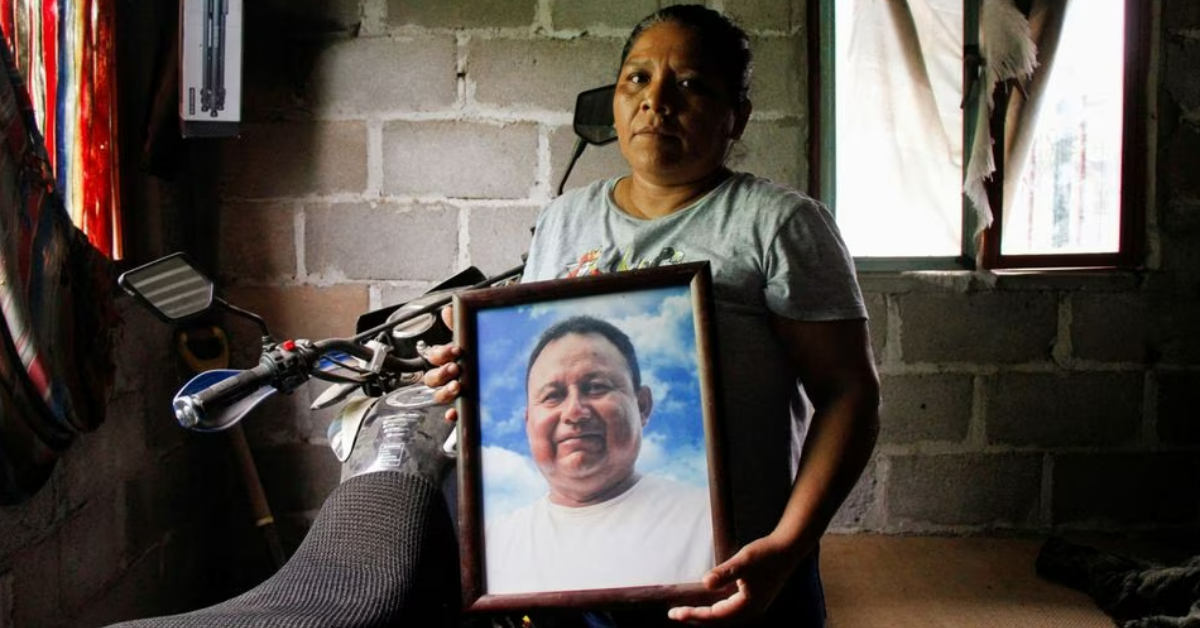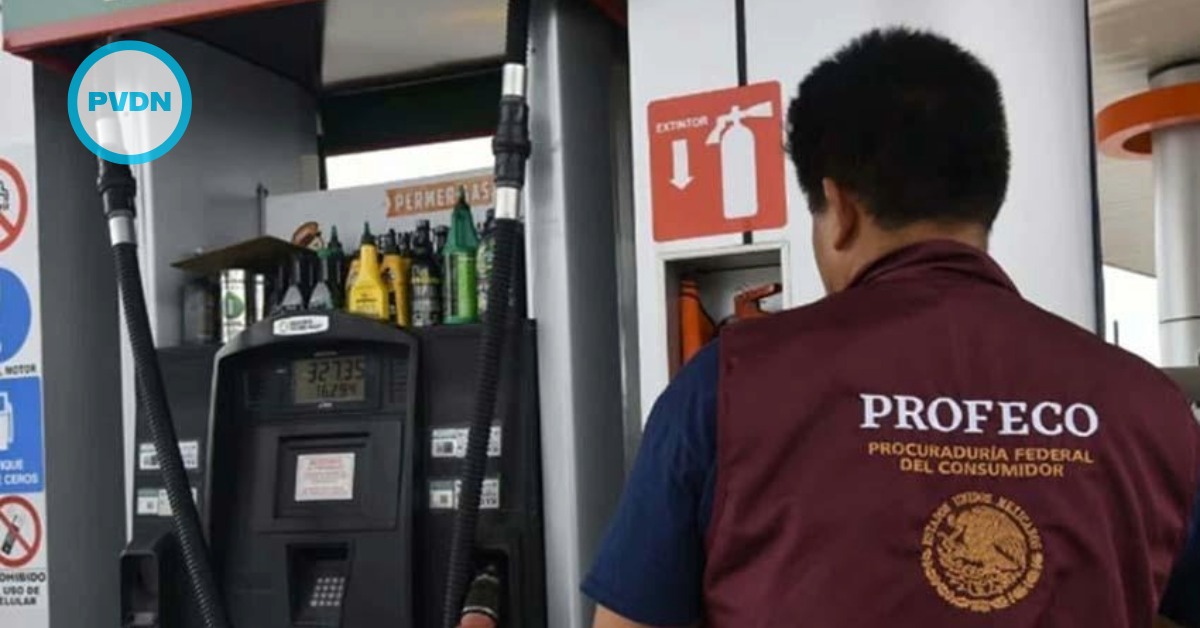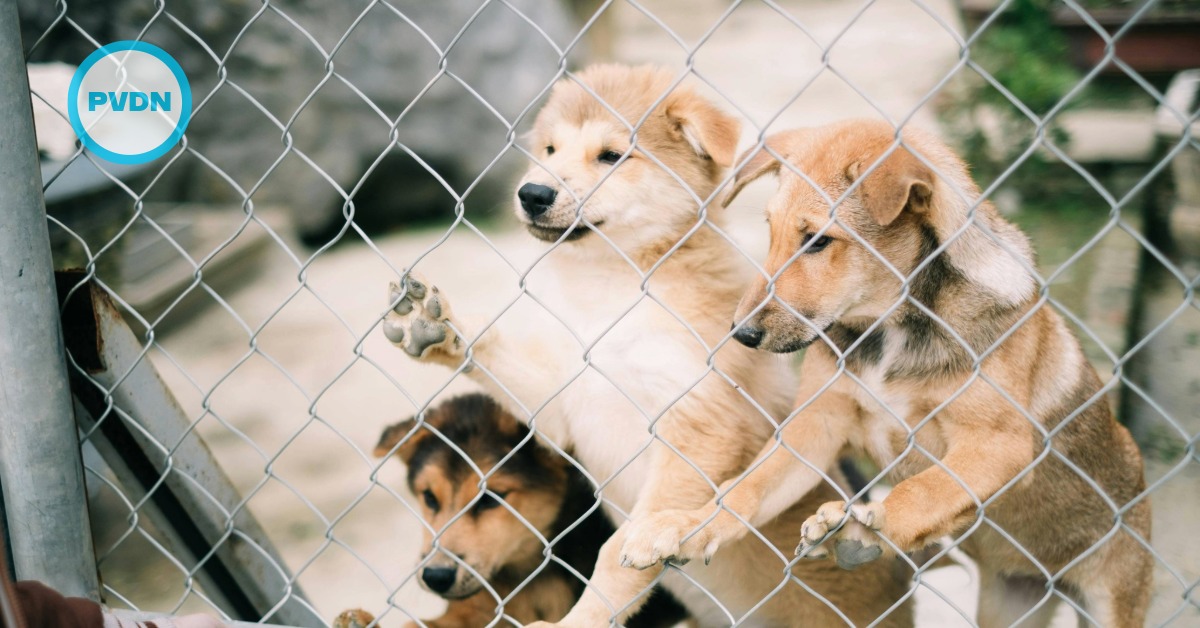MEXICO CITY, Jan 21 (Reuters) - Just after sunset on Thursday, February 10th, two men in a white Dodge Ram pickup pulled up in front of Heber Lopez Vasquez's small radio studio in southern Mexico. One man got out, walked inside and shot the 42-year-old journalist dead. Lopez's 12-year-old son Oscar, the only person with him, hid, Lopez's brother told Reuters.
Lopez was one of 13 Mexican journalists killed in 2022, according to the Committee to Protect Journalists (CPJ), a New York-based rights group. It was the deadliest year on . . .






